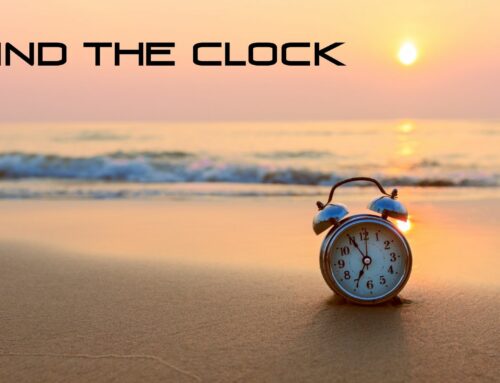Many people do not understand the full scope of acupuncture’s healing capabilities. Many who have considered acupuncture are surprised to learn that it can be utilized to treat more than just physical pain. Acupuncture is a tool; one of many in an Acupuncturist’s quiver. The magic comes from being able to diagnose medical conditions using Traditional Chinese Medicine (TCM).
TCM utilizes diagnostics and theories that allow for a dynamic diagnosis that takes into account the whole individual and the course of their condition. The main objective is to bring an individual’s body into a homeostatic state encouraging the body to heal itself. This perspective allows treatment to influence a wide range of conditions that fall under a variety of umbrellas like: pain, autoimmune disorders, gastrointestinal/digestive issues, mental issues, endocrine functions, relaxation, neurological and muscular-skeletal issues, cardiac issues, dermatological issues, and respiratory issues.
Acupuncture is one of the main tools used to bring the body into a homeostatic state. Research continues as science tries to explain why acupuncture is effective. Current areas of research identifies acupuncture as stimulating:
- Biochemicals in the sensory nerve pathways and the nervous system, resulting in an analgesic effect1
- Purinergic signaling which occurs at a cellular level2: migraine, immune dysfunction and inflammation, cancer, cardiovascular disease, endocrine function, urinogenital issues, wound healing and dermatological issues
- A more direct impact on the central nervous system resulting in muscle relaxation, changes to visceral organs, and even brain function in ways that influence stress, illness, and regulating systems in the body like hormones, pituitary and adrenal glands, the hypothalamus3
- Parasympathetic activity which is related to tissue repair, digestion and relaxation4
Acupuncture is a viable alternative therapy whether an individual decides to use it as a primary or complimentary treatment. In the end all that really matters is wellness. As research continues to support the effects of acupuncture and the relative recent licensing of practitioners (became effective in Ontario in 2014) you will find that many different types of insurance coverage include acupuncture. Always check with your insurer.
If you have any questions regarding whether acupuncture can help you, please feel free to contact me.
Marisa Schembri R.Ac.a
416-937-7360
- Fan AY, Miller DW, Bolash B, et al. Acupuncture’s Role in Solving the Opioid Epidemic: Evidence, Cost-Effectiveness, and Care Availability for Acupuncture as a Primary, Non-Pharmacologic Method for Pain Relief and Management–White Paper 2017. Journal of Integrative Medicine 2017;15:411–25. doi:10.1016/S2095-4964(17)60378-9
- Burnstock G. Purinergic signaling in acupuncture. Science 2014.
- Cho ZH, Hwang SC, Wong EK, et al. Neural substrates, experimental evidences and functional hypothesis of acupuncture mechanisms. Acta Neurol Scand 2006;113:370–7. doi:10.1111/j.1600-0404.2006.00600.x
- Lund I, Lundeberg T. Mechanisms of Acupuncture. Acupunct and Relat Ther (2016). doi:10.1016/j.arthe.2016.12.001



